No Results Found
The page you requested could not be found. Try refining your search, or use the navigation above to locate the post.
The page you requested could not be found. Try refining your search, or use the navigation above to locate the post.
Features information that is relevant to travellers who are thinking about and actively planning a visit to Mauritus.
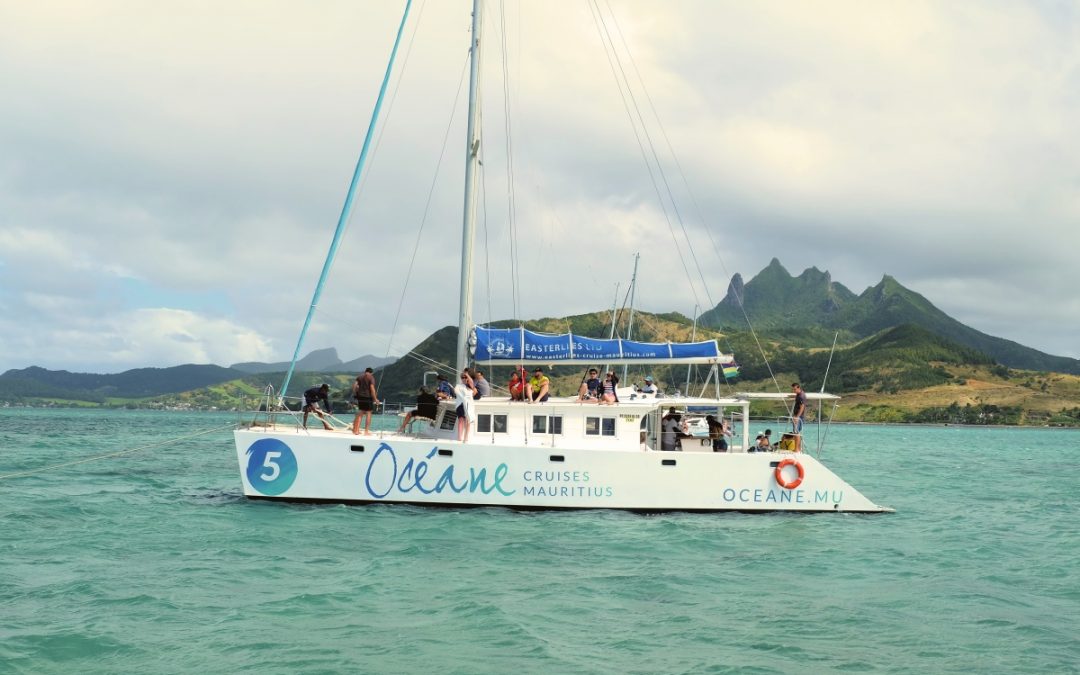
A brand new catamaran specially designed for day charters will take you to the South east coast of Mauritius. On board the catamaran you will enjoy good quality lunch, selection of alcoholic beverages (beer, rum, cocktails) and non-alcoholic drinks and more.
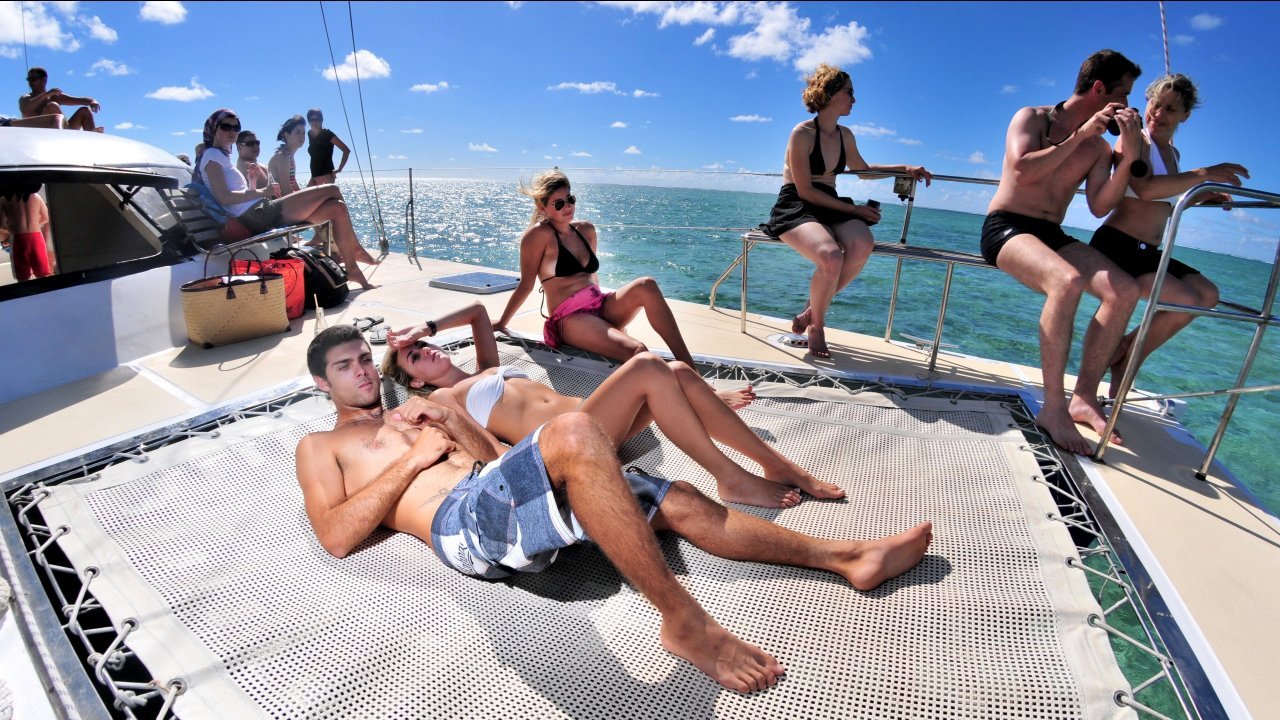
The catamaran cruise starts at 09:30 from the Jetty located at Pointe Jerome on the south east of Mauritius and returns to the hotel by 16:30. At around 11:00, the catamaran makes a stop near the lagoon,for you to enjoy snorkeling inside the island’s largest lagoon. You will see underwater marine life and swim amongst superb corals and brightly colored tropical fish.
After snorkeling, a BBQ lunch is served on board the catamaran. For vegetarians and for those who have other needs special lunch will be served.
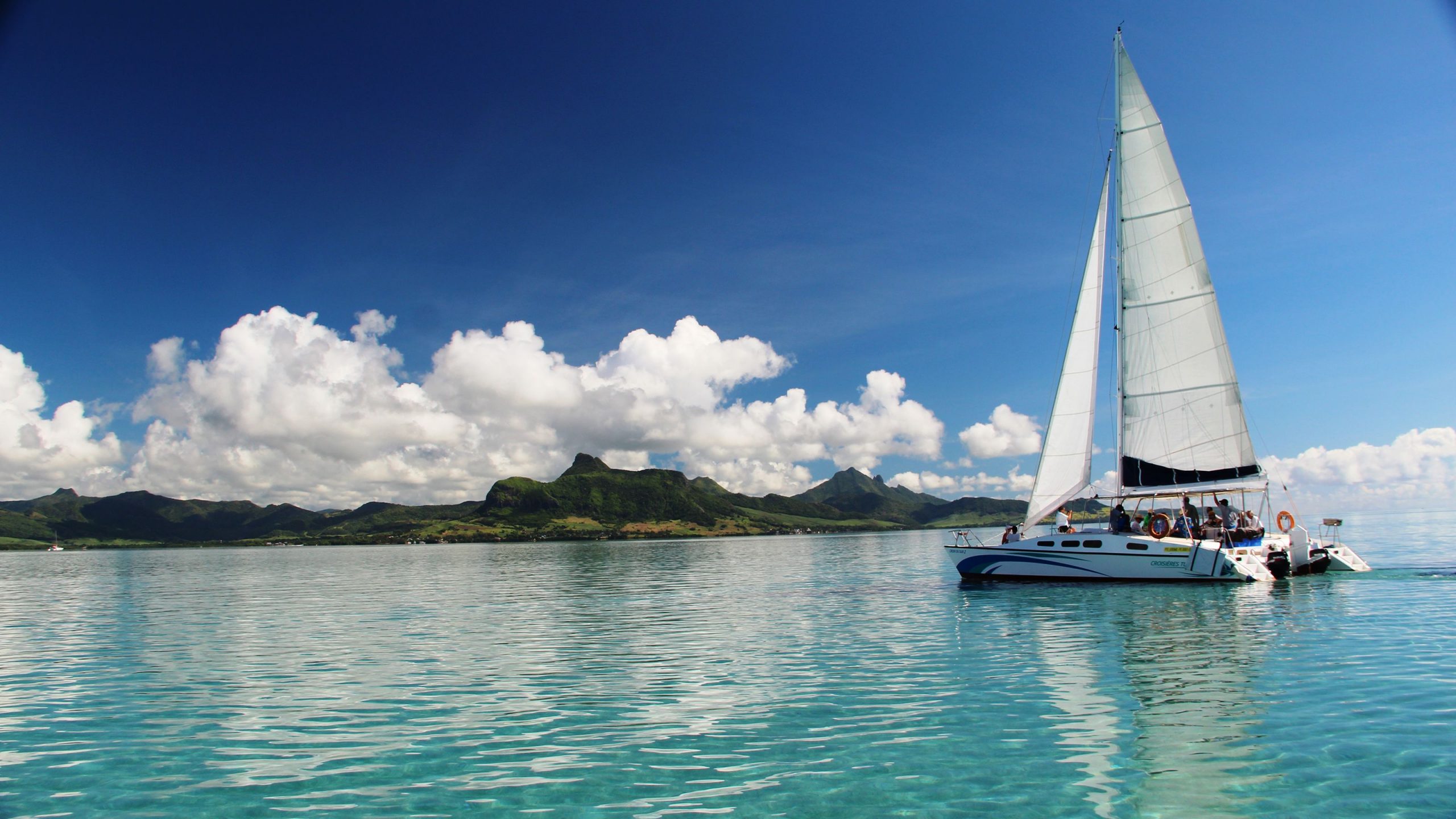
After lunch the catamaran will cruise into the sanctuary of Anahita and then it will drop you off the famous white sand bank of Ile Aux Cerfs. After spending some time on Ile aux Cerfs, you will re-embark on the catamaran and sail back to the Hotel’s jetty. Once on board tea and coffee is served as well as slices of cake. The bar remains open.
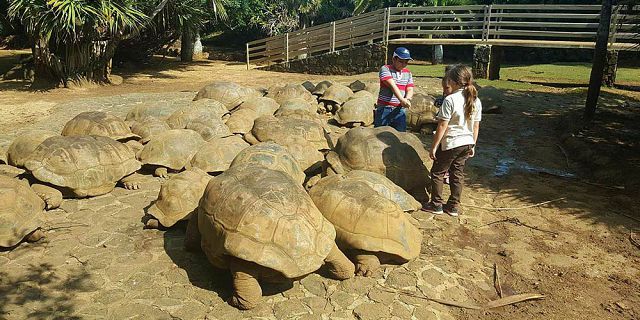
The Crocodile & Giant Tortoises Park is home to various species of animals, reptiles, and plants. It is in a rain forested valley with freshwater springs. Banana plants, palm trees and giant bamboo provide shade for the crocodiles and the giant tortoises.
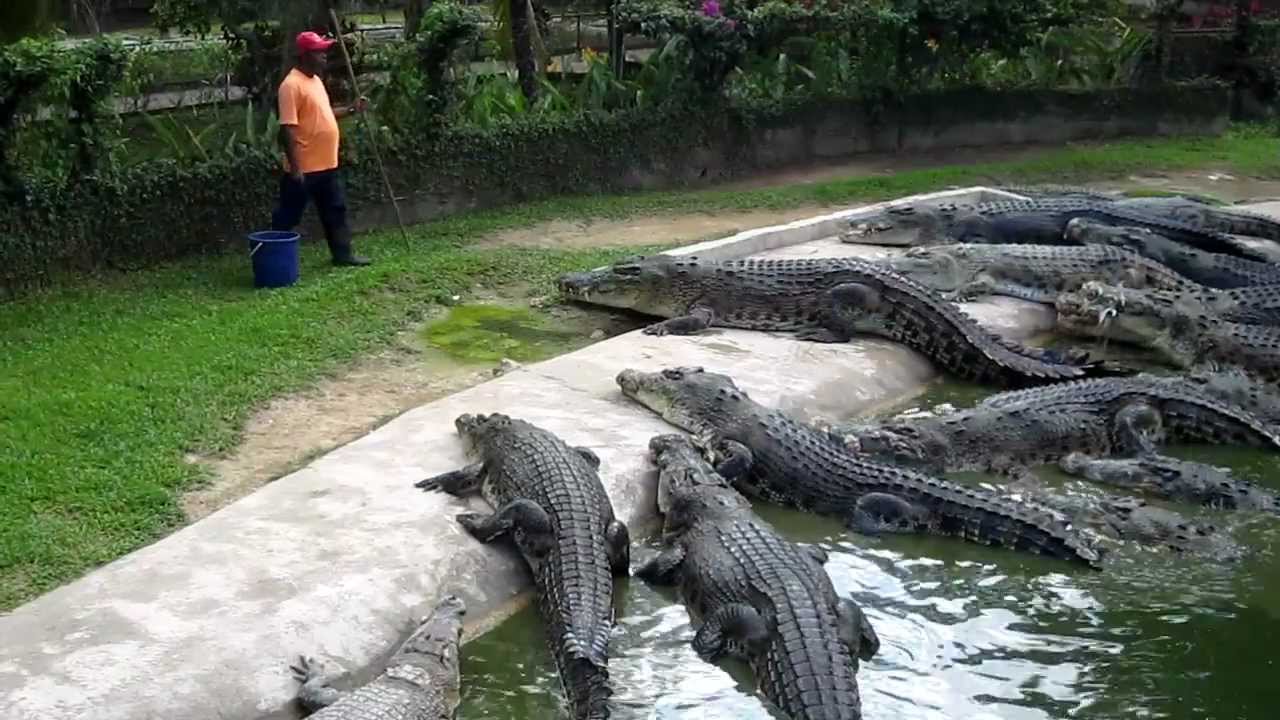
During your visit to the park you will get a chance to feed, pet and play with giant tortoises. There is maximum safety to enable you to watch thousands of Nile crocodiles and giant tortoises.
In the park there is also a mini zoo of Mauritian fauna where you can find most of the Mauritian mammals and reptiles including skinks, phelsumas (geckos), giant tortoises, turtles, bats, deer, mongooses, monkeys, pigs, as well as domestic livestock such as goats, fat-tailed sheep and donkeys. There is also a Jungle Adventure Playground for kids to play.
You can visit the tortoise nursery where you will encounter Aldabra giant tortoises and you can feed them.
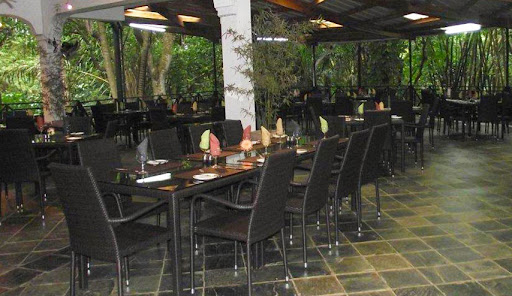
Hungry Crocodile Restaurant built among tree tops offers various local food and international dishes. You can also taste various dishes made out of crocodile meat. Snacks and beverages are also available.
The park is open from 9:30 to 17:00 and the price per adult is 13 euros and children (3-12) 7 euros. Visit the Tortoise Nursery is priced at 14 euros for adults and 9 euros for children.
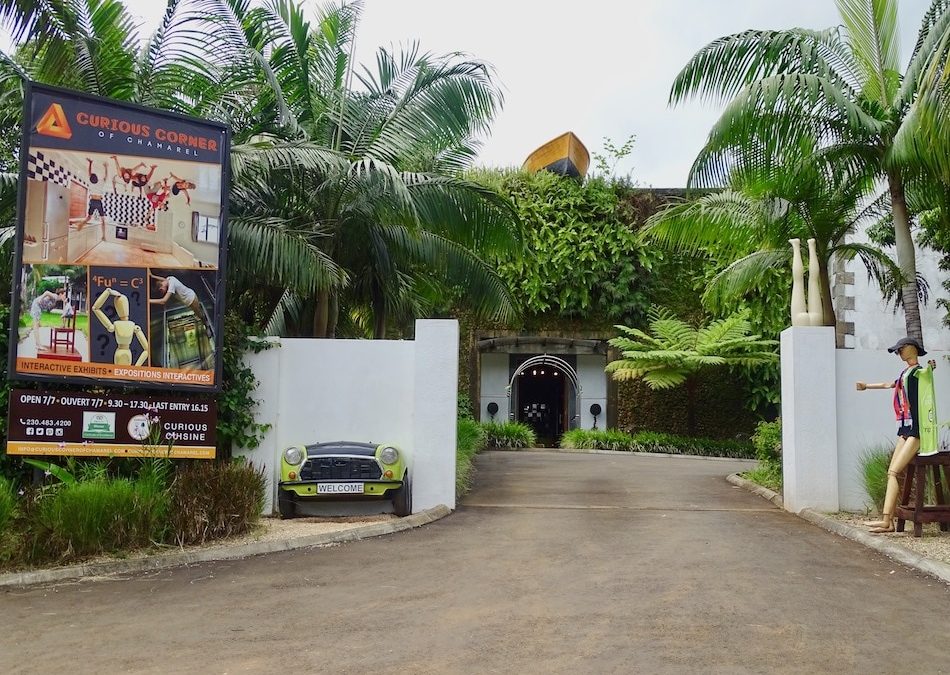
The Curious Corner of Chamarel is a house filled with a variety of delusional fantasies. There are 40 exhibits set over the 5,000sq meters. These exhibits will continually challenge your brain until you finish your tour in one-and-a-half hour.
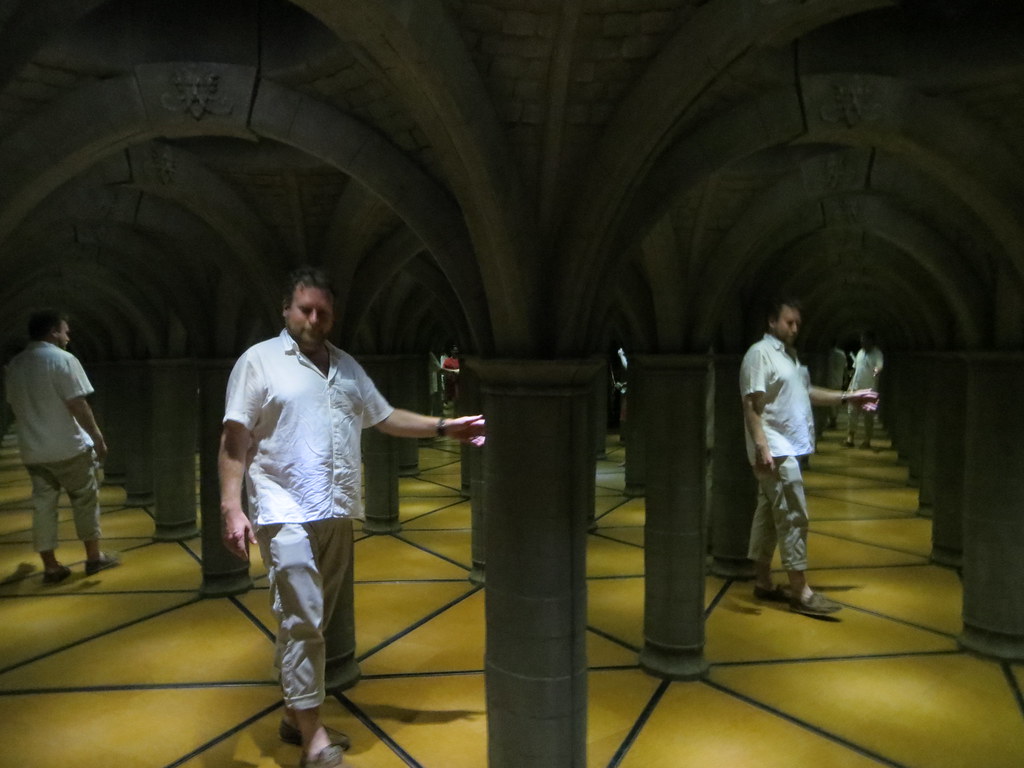
Mirror Maze is a room full of mazes surrounded by some 200 mirrors showing infinite reflections, impossible corridors and mind-bending light effects to enable you to find your way out of the maze.
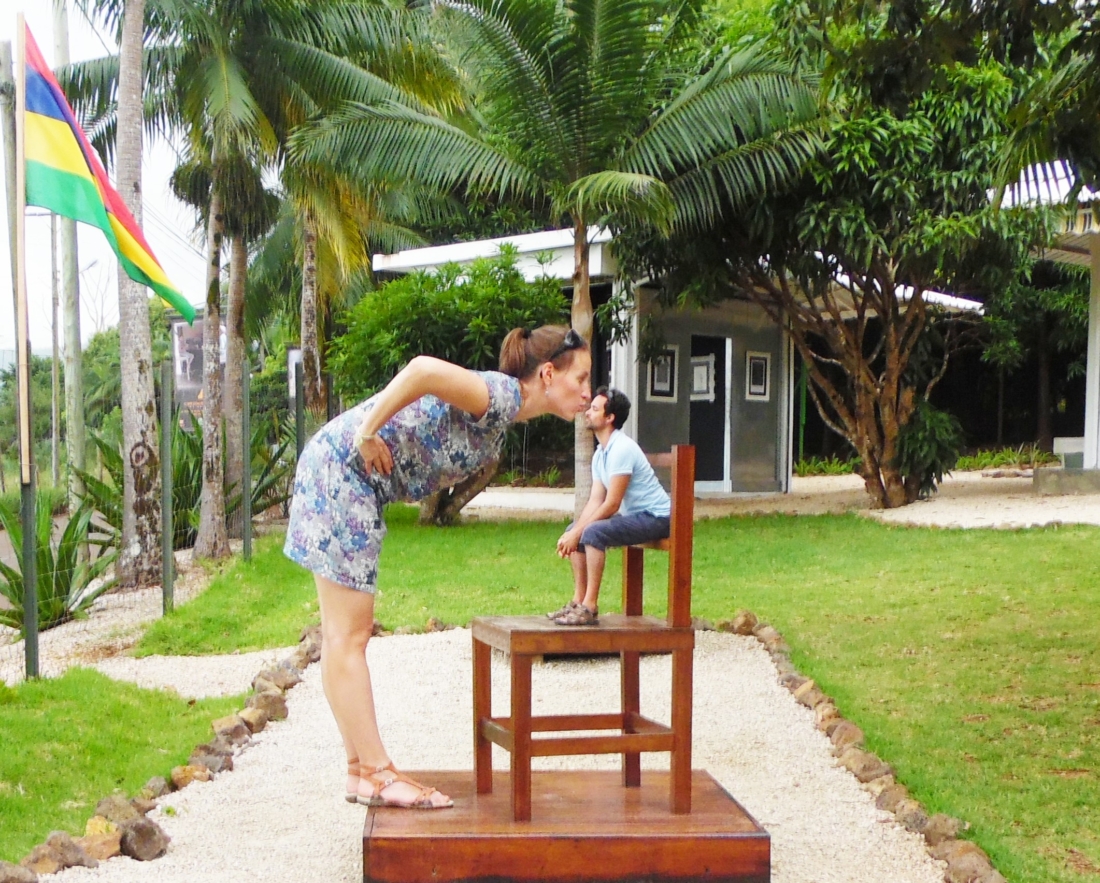
The Ames room shows 2 people standing in the same room appear much bigger or smaller than the other one. A picture moment with your partner will show who is really the taller.
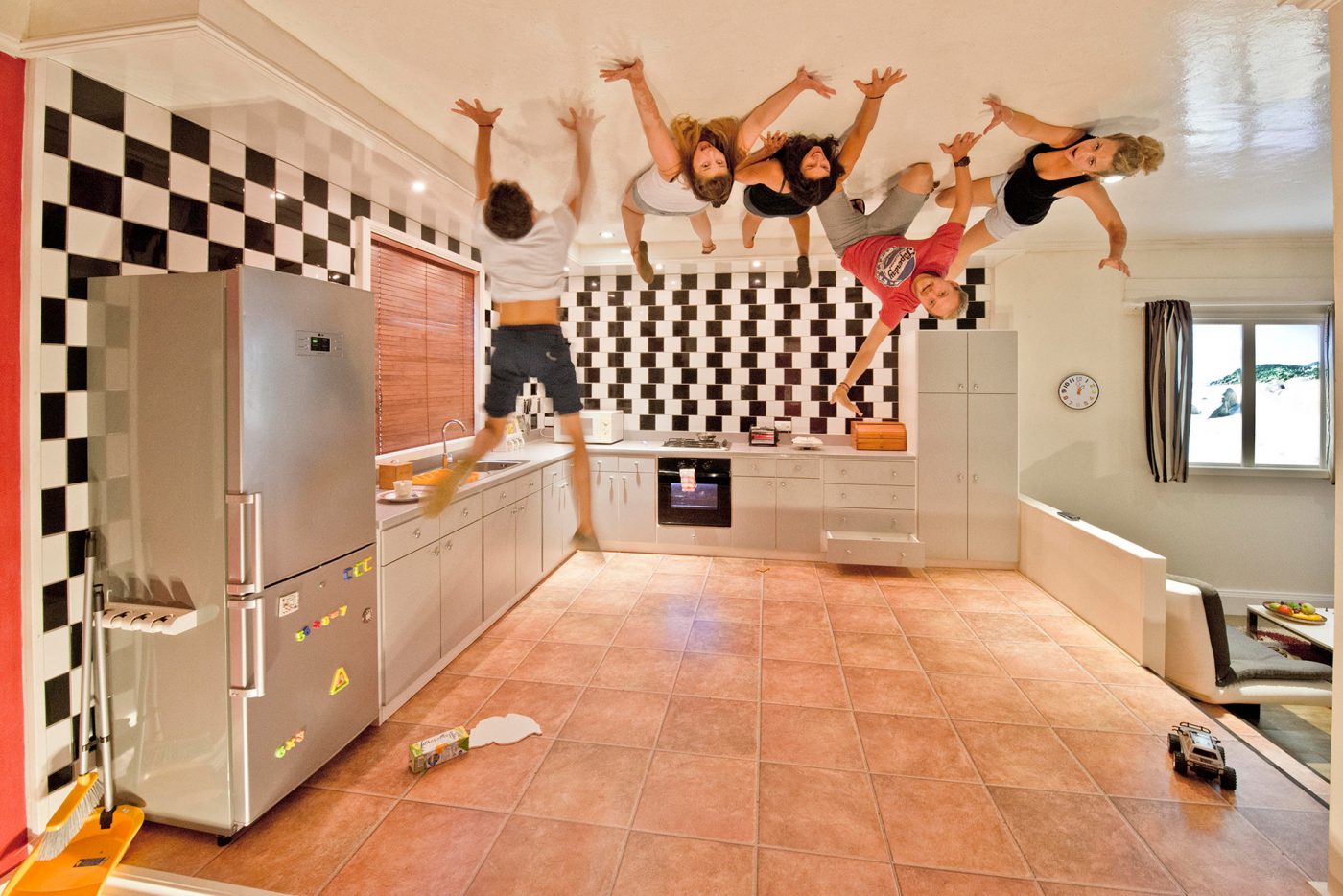
The upside down room shows things defying the law of gravity,
The Laser music room plays music with laser beams.
Entry fee is 10 Euros per adult and 6 per child below 12 years of age.
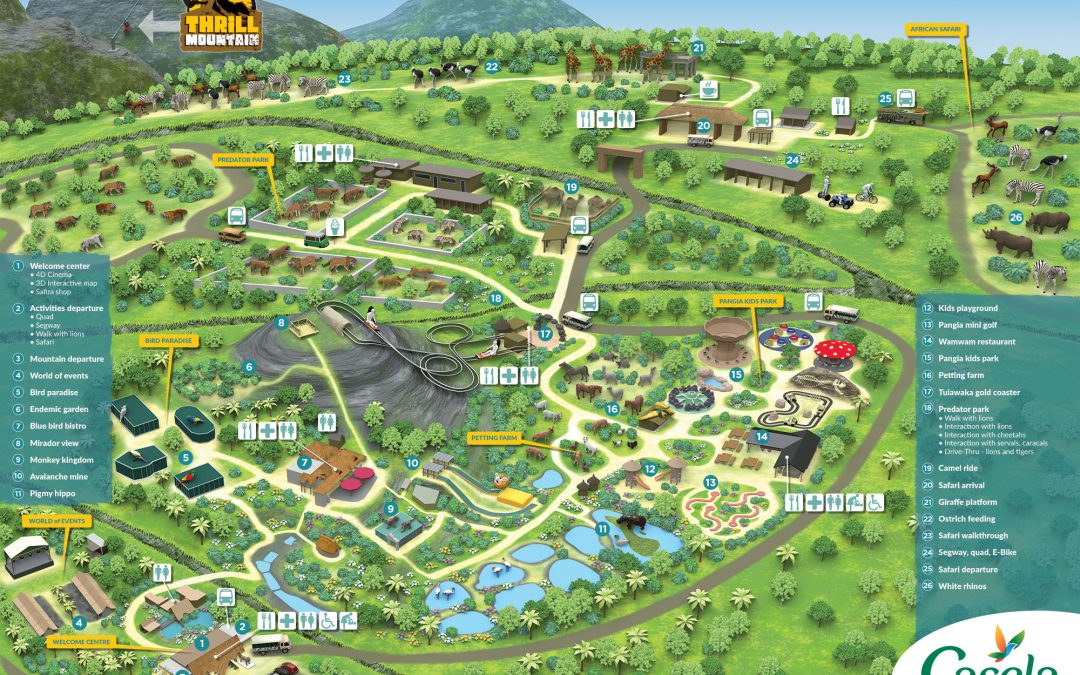
Casela is one of the most popular leisure and attraction parks in Mauritius. The park spans over 350 hectares and is divided into 5 zones, each with its own unique characteristic. The 5 zones are Thrill Mountain, Predator Kingdom, African Safari, Pangia Birds and Rides and World of Events.

Thrill Mountain combines all the mountain and rope activities for thrill-seekers. There is a a 40m platform from which you can jump into the canyon. On a Zipline you can zip across breath-taking scenic valleys. In the heart of Casela Nature Parks, The Thrill Mountain provides 7 attractions.
The Canyon Swing with a pendulum swing you jump into the heart of a 75-metre deep canyon. You hang on to a rope and slide up and down the valley. Racer Doub Doub package featuring two 80m Zip Lines side by side. You can race with a friend using this package. The Zig Zag Racer packs a combo of 4 Zip Lines for an extensive zip lining experience. The Risk Factor Bridge including the Nepalese Bridge and 3 Zip Lines or the Zip Splash Tour that consists of 4 Zip Lines including one landing in a river.
Mountain climbing package includes a via ferrata canyon tour that takes you through sugarcane fields, plateaus and uneven routes. High-standard safety gear as well as professional guides are available on the spot. This package takes 7 hours and costs 95 Euros per person.
You can get close to lions, cheetahs & caracals at Casela Park. A 45 minutes’ drive on rugged terrain will bring you closer to lions and other big cats and mountains. You can also take a tour in an e-bike or Segway.
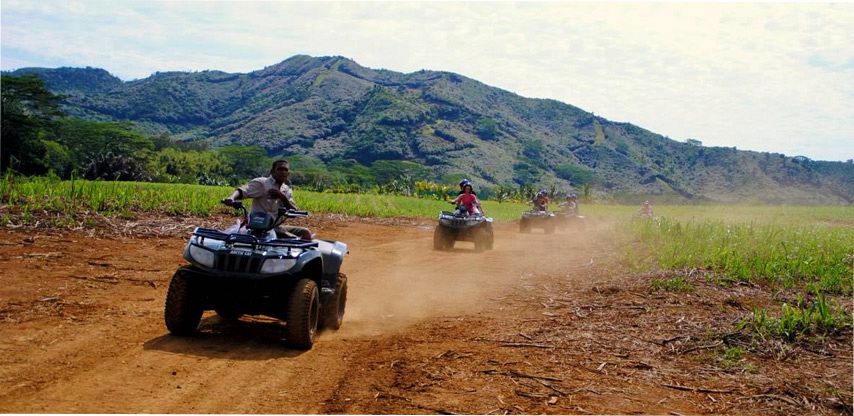
On the Safari Quad Biking trip you will encounter deers, zebras, ostriches, African antelopes, wild boars and many more animals.
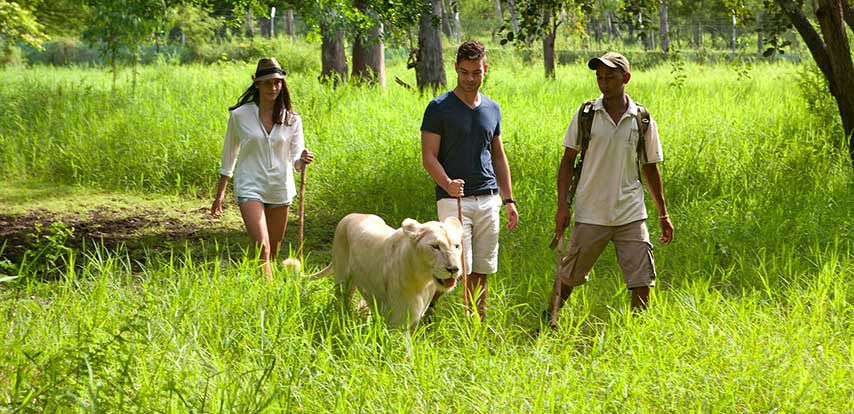
Camel rides are available at Casela World of Adventures.
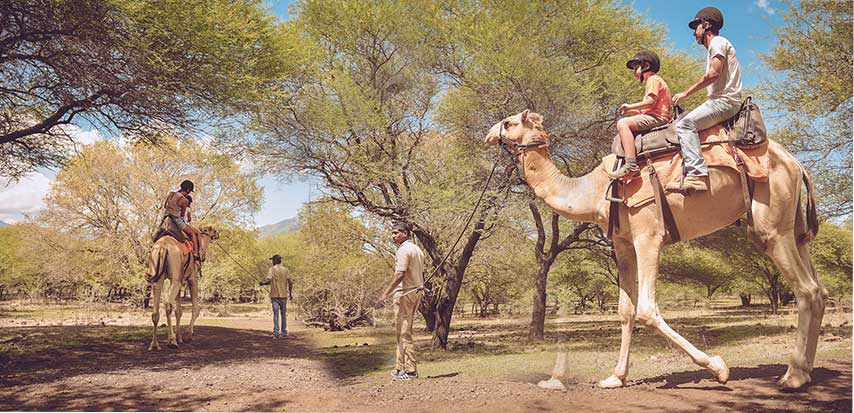
A visit of the park includes Safari bus ride, walk thru the aviary, giraffes and pygmy hippos viewing, camels and llamas viewing, kid’s playground, avalanche mines, monkey kingdom, petting farm and tortoise pen, Tulawaka Gold Coaster, and Discovery Centre.
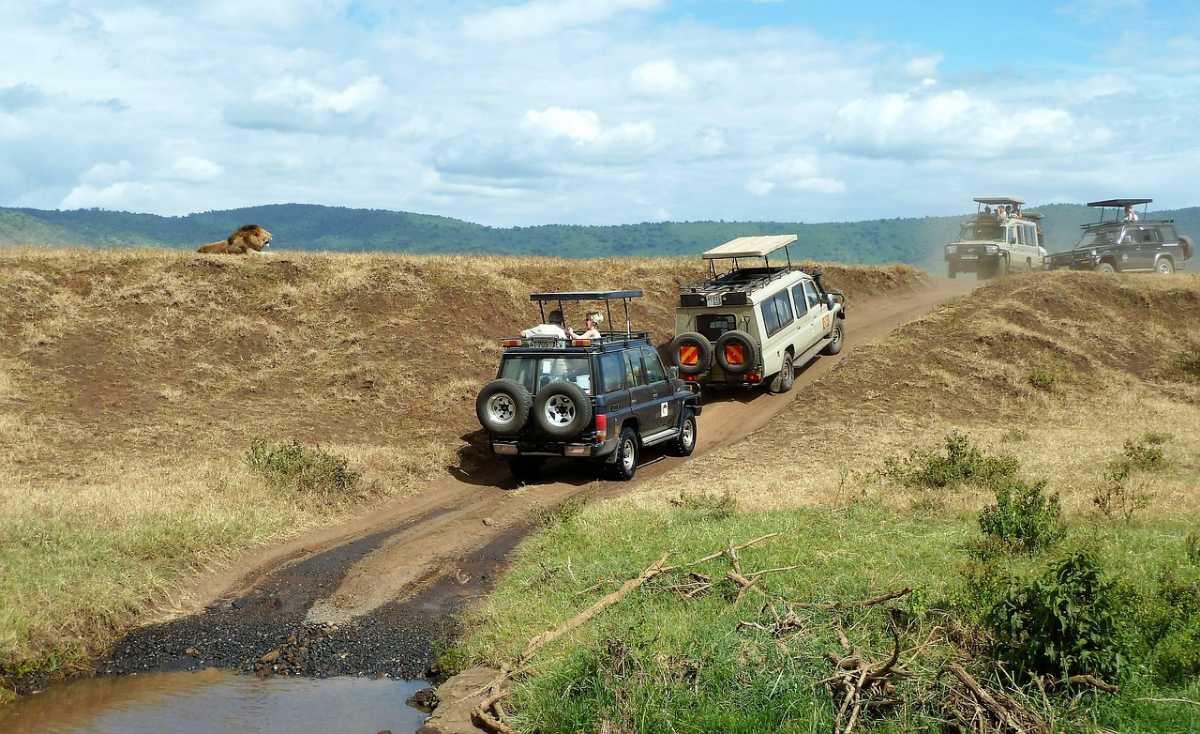
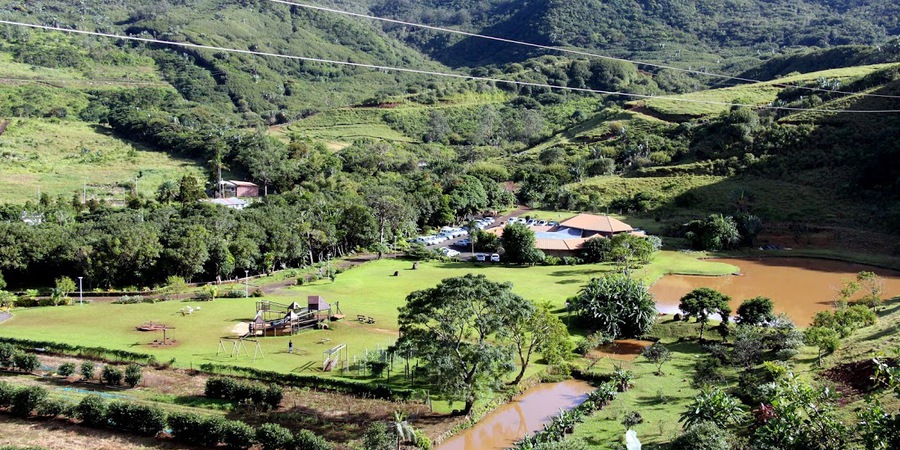
La Vallee des Couleurs Reserve, spread over 450 acres of land, is a nature park that houses various species of flora and fauna. It is also a place to enjoy a selection of nature trips and fun activities. Facilities include Kids Garden, Cafeteria and the restaurant.
Nature lovers are bound to like this place with natural landscapes, including plateaus, mountains, valleys, craters and crater-lakes.
The visit to this park starts with an exhibition room which provides an outline of the different places to visit in the park.

There are four wonderful waterfalls namely, Cascade Vacoas, Cascade Bois de Natte, Cascade Cheveux d’Ange, and Cascade Chamouzé.
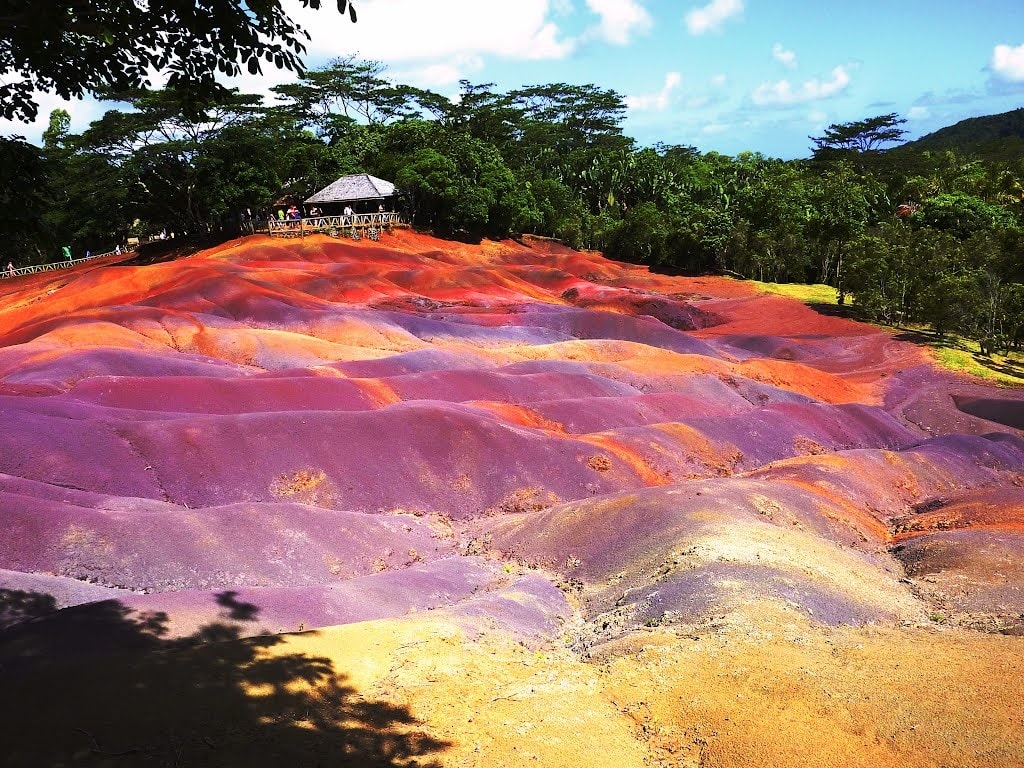
The 23 Coloured Earth is the result of the volcanic eruption of the Bassin Blanc. The mineral and chemical composition of the molten rock changes progressively producing different colors of the soil.
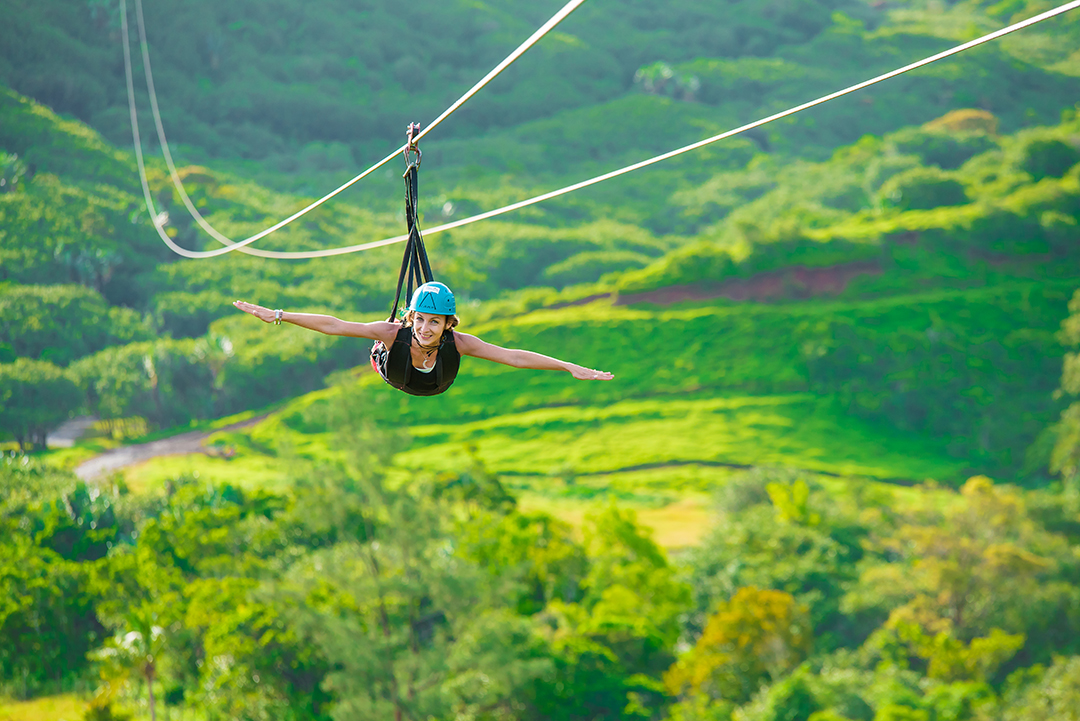
Ziplines offer a birds-eye view of the park. There are different packages ranging from 500 meters to 1600 meters. Professional guides are available.
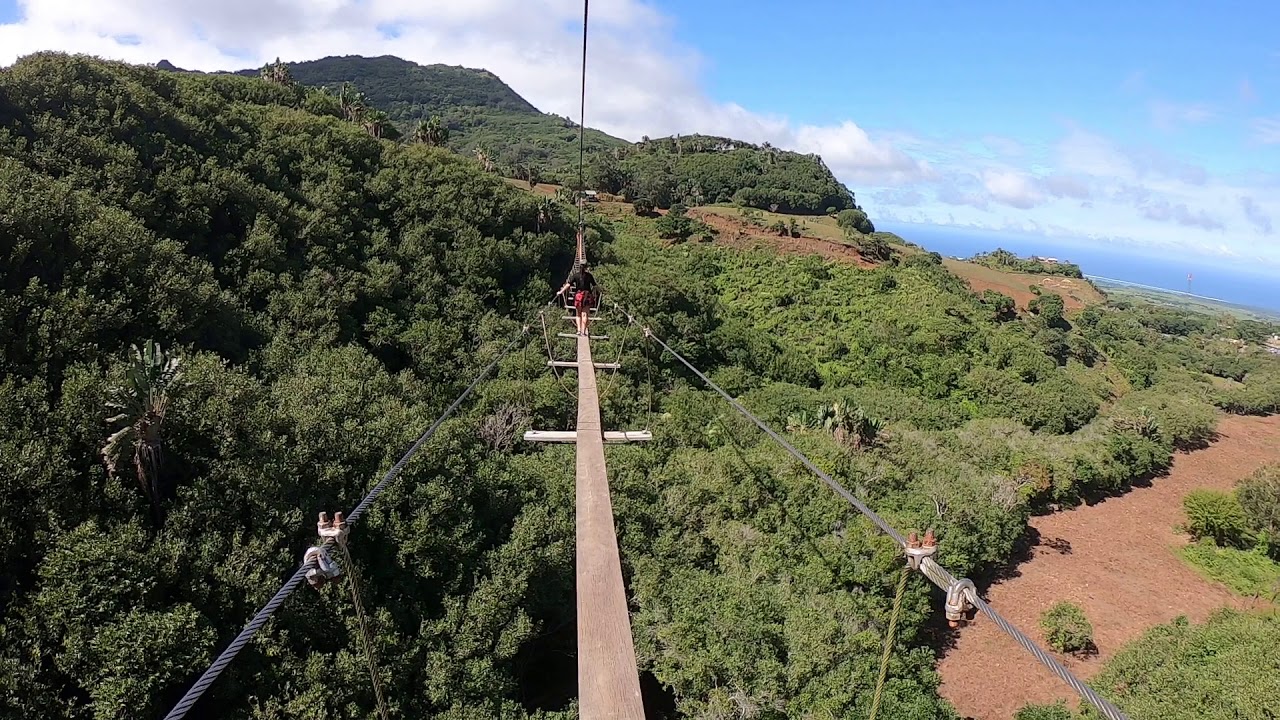
Nepalese bridge is a 350 meter long bridge suspended at a height of 80 to 100 metres above the forest canopy. You get a panoramic view of the south of the island from this bridge.

Mountain Luge Kart provides a thrilling experience to the riders as they manage their speed and regulate their experience.
Rock Garden is inspired by the ZEN gardens of Japan. Flowers and plants are grown on rocks of different sizes and shapes. The environment contains rocks, trees, shrubs, flowers, grass, sand, corals, cobbles and pebbles that blend with the musical tunes of cascading water entering a tranquil pond.
The park is open daily from 10:00 to 17:00 and the entrance fee is Euro 9 per adult and 5 per child (6-11). More than 20 quads and buggies are available for 1 or 2 hours to explore the park.
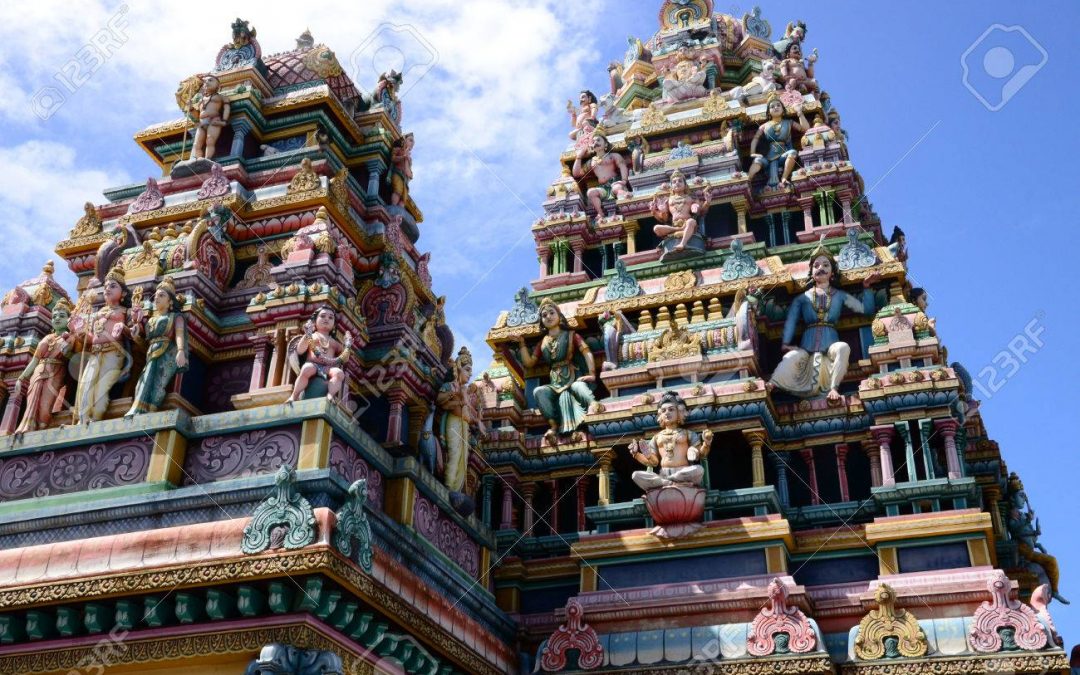
Hinduism is the most widely practised religion. The people of Indian descent (Indo-Mauritian) follow mostly Hinduism and Islam.
The Franco-Mauritians, Creoles and Sino-Mauritians follow Christianity. A minority of Sino-Mauritians also follow Buddhism and other Chinese-related religions.
The constitution prohibits discrimination on religious grounds and provides for freedom to practice or change one’s religion.
According to the 2011 census Hinduism accounts for 48.54% of the population, followed by Christianity at 32.71% (with Catholicism as the largest Christian denomination at 26.26%), followed by Islam 17.30% and Buddhism 0.18% in terms of number of adherents. Mauritius has the highest percentage of Hindus in Africa and third highest percentage of Hindus in the world after Nepal and India, respectively.
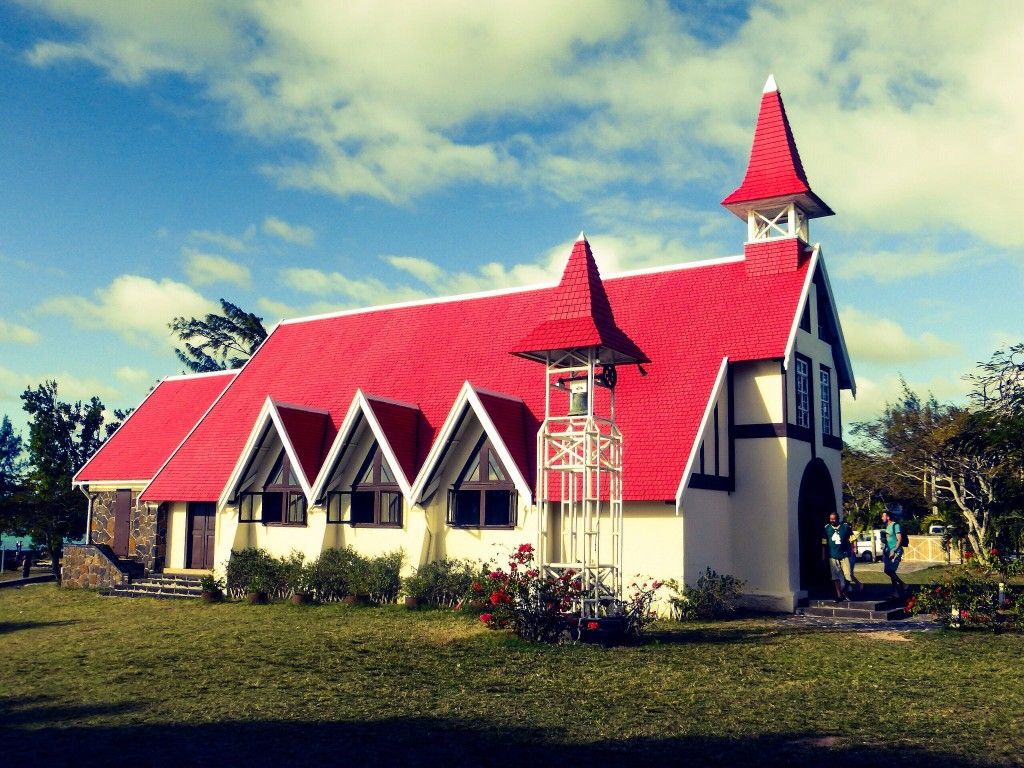
The government provides subsidies to the Roman Catholic Church, Church of England, Presbyterian Church of Mauritius, Seventh-day Adventists, Hindus, and Muslims according to their tax-exempt status and numbers in the census. Other religious groups can register to get their tax-exempt status but they will not get any subsidy. Religious public holidays are the Hindu festivals of Maha Shivaratree, Ougadi, Thaipoosam Cavadee, Ganesha Chaturthi, and Diwali; the Christian festivals of Assumption and Christmas; and the Muslim festival of Eid al-Fitr.

Maha Shivaratri, or the ‘Great Night of Siva’ is one of the biggest festivals on the island . During this annual Hindu celebration, which takes place in the months of February and March, four to nine days of ceremony and fasting lead up to an all-night vigil of Siva worship and Ganesha worship.
Among Mauritius’s Christians, 83% are Catholics (26% of the total population or 324,811). Christianity came to Mauritius with the first inhabitants, the Dutch. The French arrived in 1715 and revived Christianity. From 1723, there was a law which required all slaves coming to the island must be baptised Catholic. But this law was not followed strictly. During the 1840s and 1850s, the British tried to turn Mauritius Protestant. Today Christianity is practiced by 31.7% of the total population.
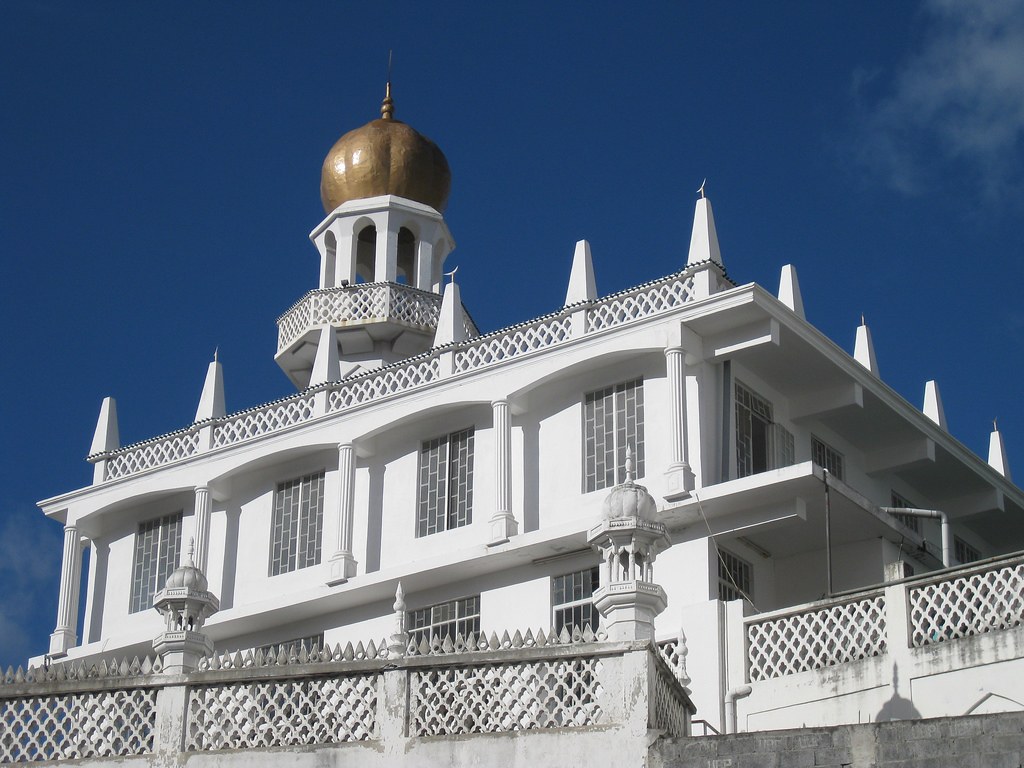
Islam is practiced by 17.3% of the Mauritian population. Approximately 95 percent of these are Urdu speaking Sunni Muslims. Memons and the Surtees are rich merchants who came from Kutch and Surat province of Gujarat in India, while the “Hindi Calcattias” came to Mauritius as indentured labourers from Bihar. The first purpose-built mosque in Mauritius is the Camp des Lascars Mosque in around 1805. It is now officially known as the Al-Aqsa Mosque. The Jummah Mosque in Port Louis was built in the 1850s and is often described as one of the most beautiful religious buildings in Mauritius by the Ministry of Tourism.
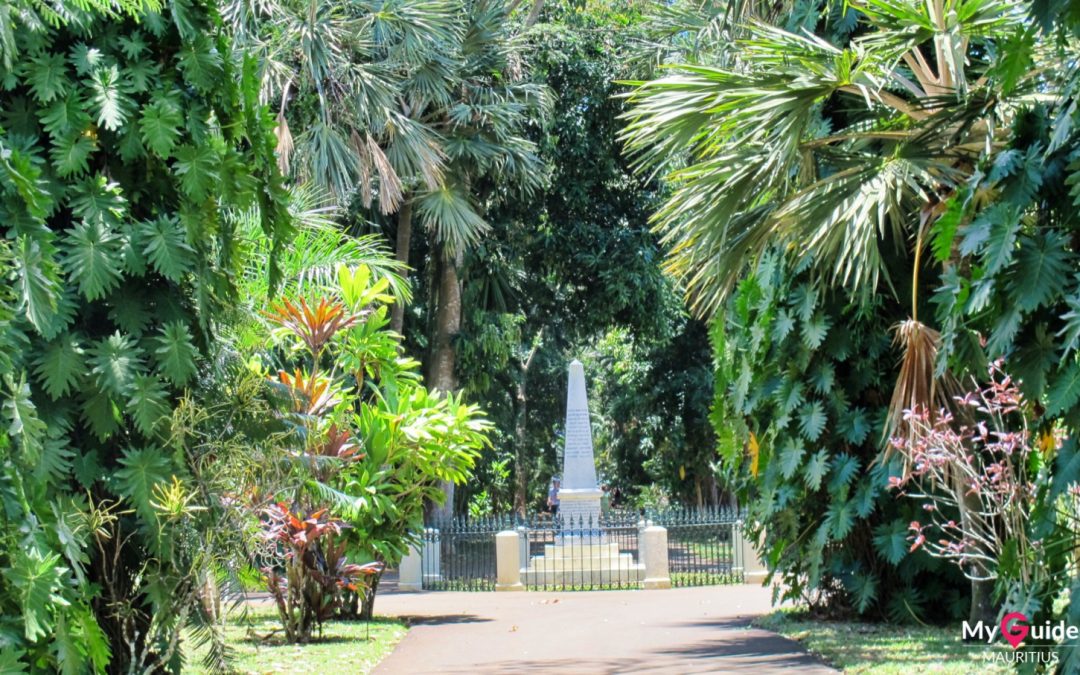
The Botanic Garden, formally known as Sir Seewoosagur Botanic Garden, is one of the most visited attractions in Mauritius.
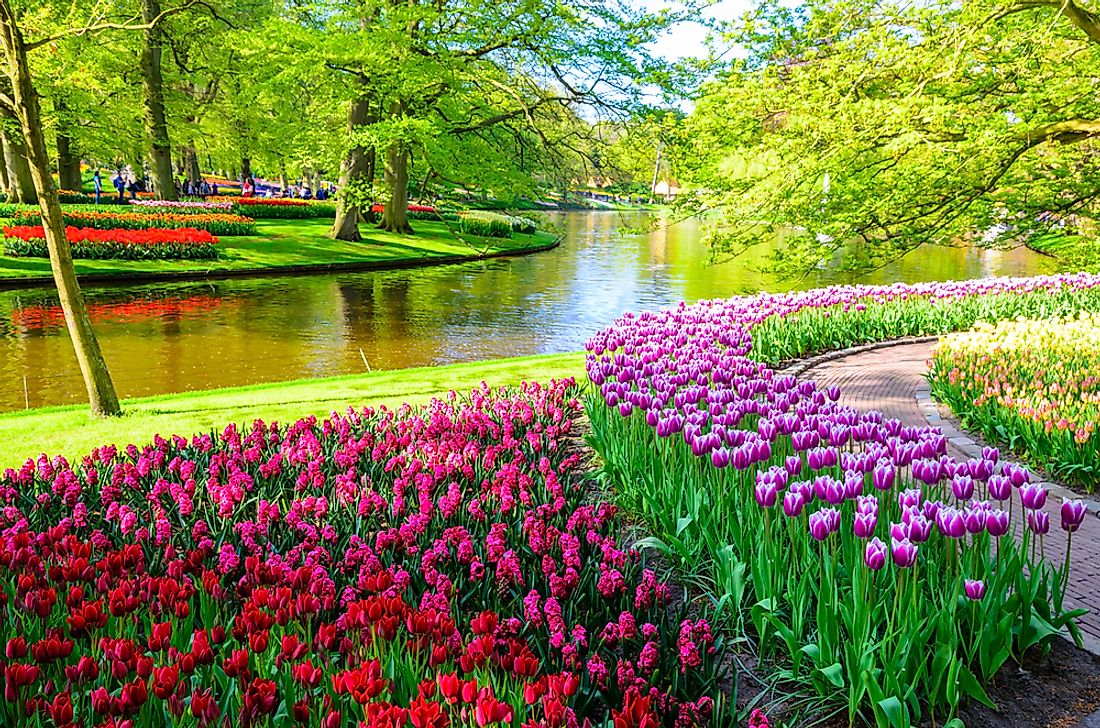
The garden is located in the proximity of Port-Louis. The botanical garden was first opened nearly 300 years ago. It is populated with more 650 varieties of plants including the famous Baobabs. There are also 85 different varieties of palm trees brought from different corners of the world. The garden also contains the Palmier Bouteille, the Giant Water Lilies, dozens of medicinal plants, a large spice garden and many more. You also can enjoy the smells of ginger, cinnamon, nutmeg, camphor, lemon, eucalyptus, sandalwood, and others.

There is a 200-year-old Buddha-tree and the crosstree, with leaves shaped like a cross. You can visit the Java Deer reserve and the giant Aldabra tortoise park.
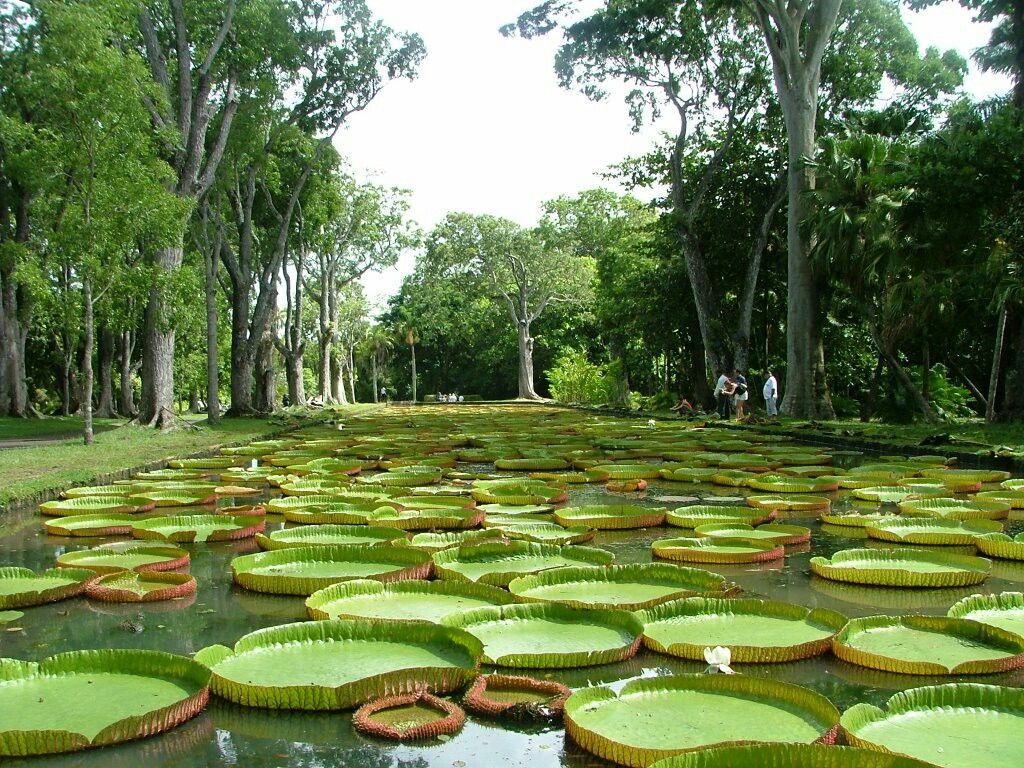
Castle of Mon Plaisir, built by the British in the middle of the 19th century, which is a historical monument, is also found in the gardens.
The garden covers an area of around 25,110 hectares (62,040 acres). Entrance fee to the garden is $8 per adult and children under the age of five are admitted free of charge. Guides are available at the entrance of the garden. A guide will cost 1 euro/hour per person. The payment for the guides is made at the entrance of the botanical garden.
The garden management request the visitors to refrain from feeding the animals both aquatic and terrestrial, plucking flowers, fruits or any other plant, lighting fires, swimming and fishing, throwing coins in ponds or on water lilies, consuming alcoholic drinks and smoke, and climbing on the trees, monuments, buildings and structures.